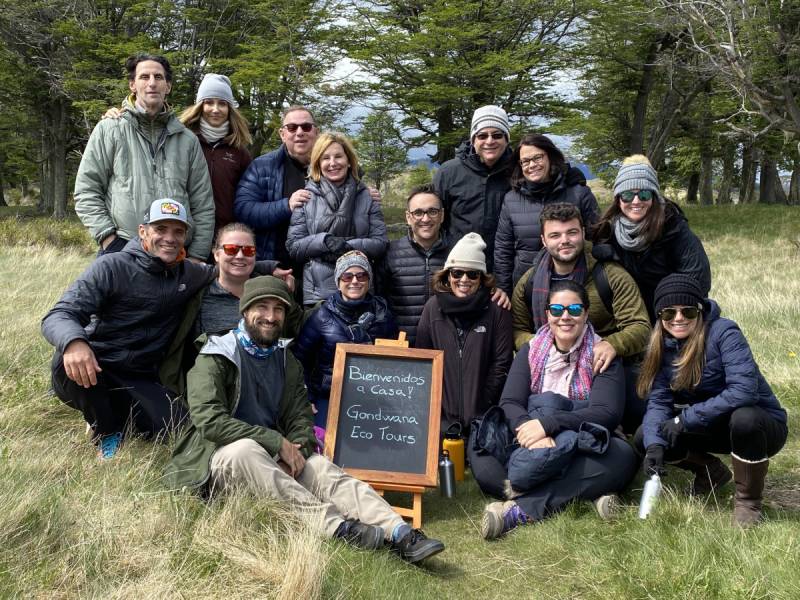Are the Northern Lights Ever Visible in Connecticut?
PRIVATE & SMALL GROUP TOURS TO THE WORLD'S BEST DESTINATIONS
Are You Planning A Trip To See The Northern Lights?

Northern Lights in Connecticut
Connecticut might conjure images of autumn leaves and coastal charm—but when it comes to the Northern Lights, this New England state falls well outside the usual aurora conversation. Despite its scenic appeal and relatively dark rural areas, Connecticut is not a dependable place to witness the aurora borealis.
Can You See the Northern Lights in Connecticut?
Aurora sightings in Connecticut are extremely rare and largely unpredictable. Because the state sits significantly south of the auroral oval—the zone where geomagnetic activity is focused—it takes an unusually powerful solar storm (KP 7 or higher) to even offer a chance of visibility. Such events occur only a handful of times per decade, if that.
Can You See the Northern Lights in Hartford?
Hartford, the state’s capital, is too far south and too light-polluted to offer any real chance of viewing auroras. Even during strong solar activity, the glow of the city overwhelms any faint northern light that might appear on the horizon.
What About Torrington or Rural Northern CT?
In rare cases during extreme geomagnetic storms, brief and faint auroral displays have been spotted from rural northern Connecticut towns like Torrington. These sightings are fleeting, often require long-exposure photography to confirm, and demand clear skies with no moon or urban light interference.
Aurora Forecasts (2026–2030)
The table below outlines the global aurora activity outlook for the upcoming years based on Solar Cycle 25 predictions. Note that this reflects solar and geomagnetic activity affecting the auroral oval, not localized forecasts for Connecticut.
| Year | Aurora Activity Forecast | Notes |
|---|---|---|
| 2026 | ⭐⭐⭐⭐⭐ Very High | Peak of Solar Cycle 25. Most geomagnetic storms are expected globally. |
| 2027 | ⭐⭐⭐⭐½ Extremely High | High aurora activity continues. Chance of strong solar events remains elevated. |
| 2028 | ⭐⭐⭐ Moderate to High | Activity begins to decline, but intense storms still possible. |
| 2029 | ⭐⭐ Low to Moderate | Less frequent geomagnetic storms. Aurora visibility decreases globally. |
| 2030 | ⭐ Low | Solar activity fades as the cycle winds down. Aurora sightings become rare again. |
Sources: NOAA, NASA, Space.com, Andy Keen, LiveScience, Aurora Tracks
Why You May Want to Look North
If your bucket list includes seeing vibrant curtains of green and purple light dancing across the sky, you’ll have better luck in places with more reliable geomagnetic conditions. States such as Alaska, Montana, and North Dakota sit much closer to the auroral oval and offer consistent, dazzling displays.
Connecticut shines in its own ways—from historic towns to autumn color. But when it comes to chasing the aurora, let us guide you farther north, where your chances are not just better—they’re breathtaking.
Download all three Alaska tour brochures for tour dates and pricing.

About Gondwana Ecotours
Gondwana Ecoutours specializes in small group and private tours to bucket list destinations around the world. Our itineraries are carefully curated to include both unique nature and culture and fun activities are suitable to most travelers. Traveling with guides who live in the communities we visit add depth and authenticity to the experience.
| See All Tours > |

